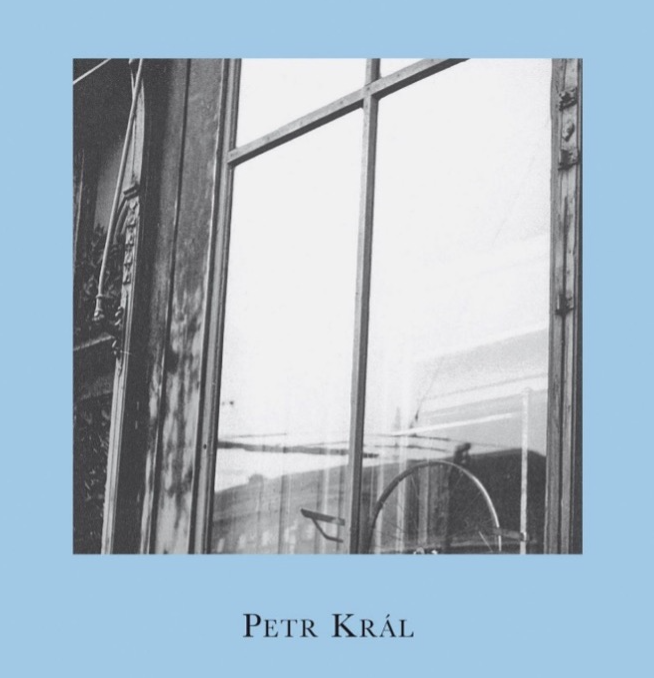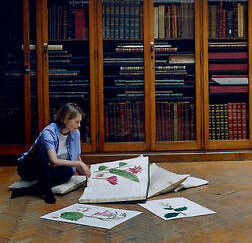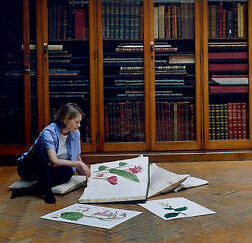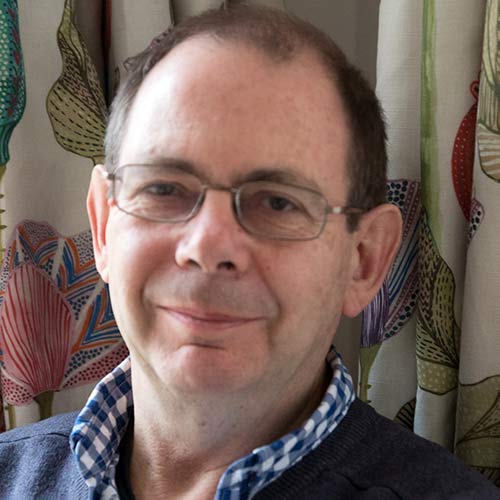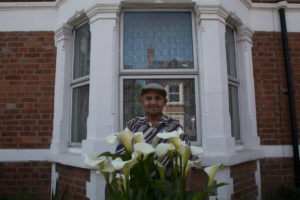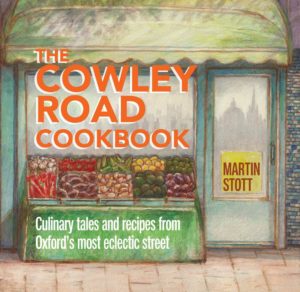In Search of the Essence of Place
Petr Král. First published as ‘Enquête sur des lieux’ (Flammarion, 2007); translated by Christopher Moncrieff (Pushkin Press, 2012)
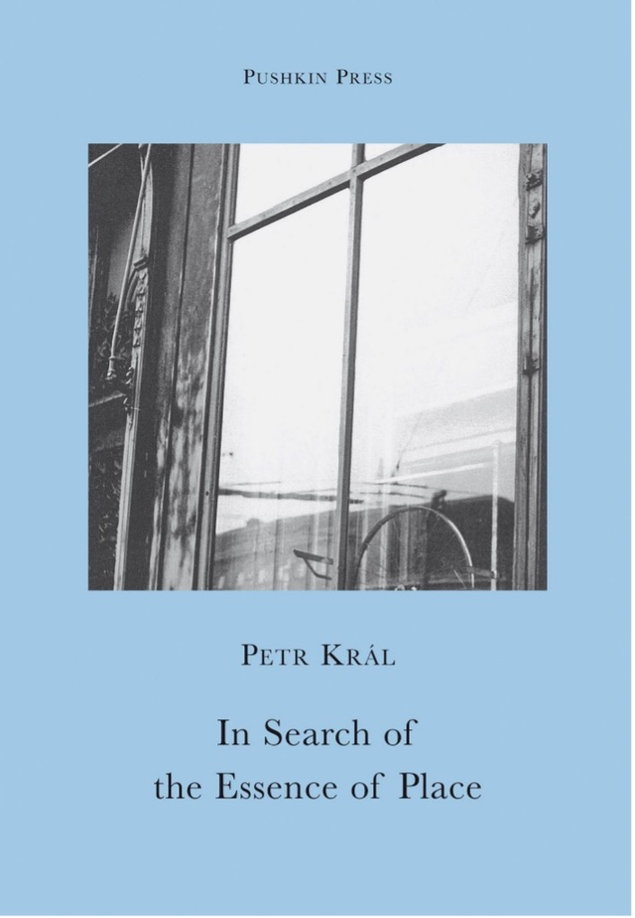
Recommended by Jon Stevens
Petr Král was a Czech writer, who died in 2020. ‘In Search of the Essence of Place’ was one of his last books, published in 2007. Král was born in German occupied Prague and grew up under Communism. After the ‘Prague Spring’, like many writers and intellectuals, he fled to Paris where he spent the next thirty years, apart from a short period in North America. He returned to Prague in 2006.
‘In Search of the Essence of Place’ is an elliptical and fragmented journey through Král’s life. It is a tale of exile and of displacement, in which primacy is given to the places he experienced rather than the people he met. Král was a member of the Czech surrealist movement and, on his first visit to Paris, he wanders the streets searching for the home of André Breton (who he refers to obliquely as ‘the prophet’). Following the example of Breton’s autofiction Nadja, Král’s text is interspersed with commonplace black and white photographs; and like Breton he is preoccupied by the ‘strangeness of things and places’.
The most unsettling aspect of places is their lack of clear boundaries…even their frontiers are hidden from our eyes by their deceptive drifting motion…(as in) the distinctive way in which the decoration of the most ornate palaces breathes in and out…and then suddenly ceases, when we study it too closely, leaving us with an inanimate lump of masonry.
